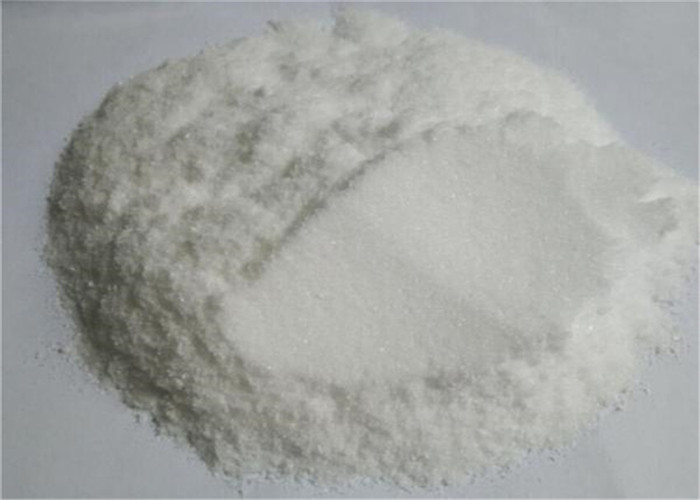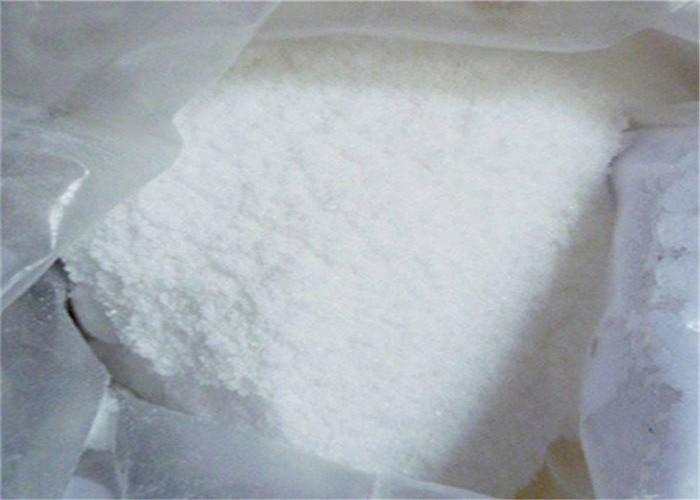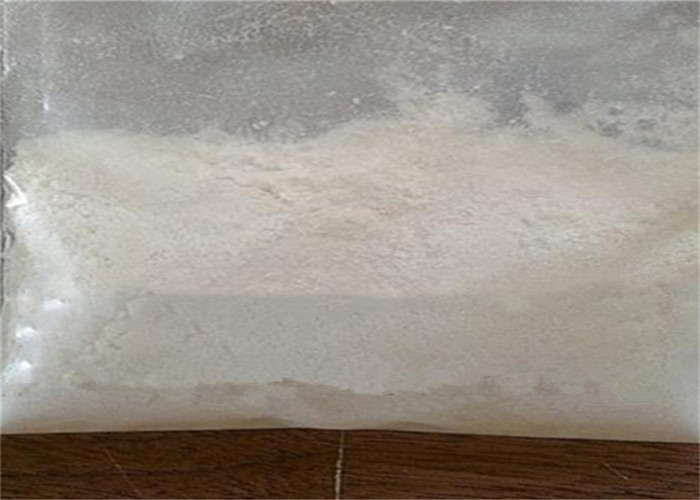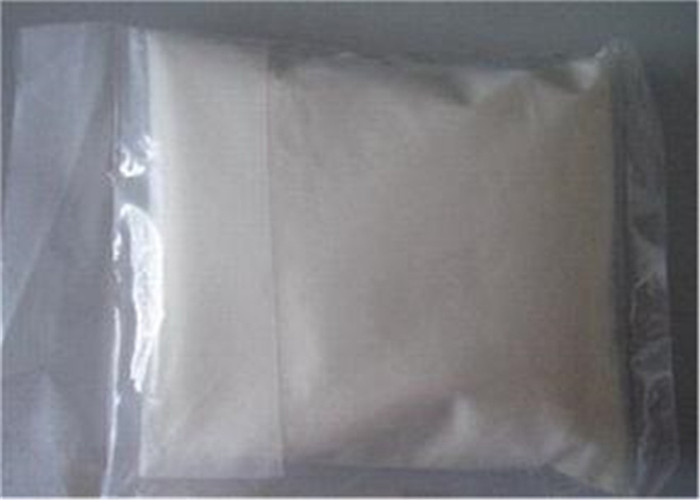Raw Materials Beta-Nicotinamide Mononucleotide
Schnelles Detail
| Produktname |
-NMN, Beta-Nicotinamid-Mononukleotid |
| β-NMN CAS: |
1094-61-7 |
| β-NMN Assay: |
99.5% |
| β-NMN MF: |
C11H15N2O8P |
| β-NMN MW: |
334.22 |
| β-NMN EINECS: |
214-136-5 |
| β-NMN storage |
temp. 2-8° C. |
| β-NMN Chemical Properties: |
weißes Puder. |
| β-NMN Payment: |
T/T, Western Union und Moneygram |
| β-NMN Delivery: |
Innerhalb von 24 Stunden nach Ihrer Zahlung |
| β-NMN Express: |
EMS, DHL, Fedex, etc(Tür zu Tür) |
Beta-Nicotinamide Mononucleotide Application
The coenzyme NAD and its derivatives are involved in hundreds of metabolic redox reactions and are utilized in protein ADP-ribosylation, Histon -Deacetylierung, and in some Ca2+ signaling pathways. Nmnat (EC 2.7.7.1) is a central enzyme in NAD biosynthesis, catalyzing the condensation of nicotinamide mononucleotide (NMN) or nicotinic acid mononucleotide (Name) with the AMP moiety of ATP to form NAD or NaAD.
NMNAT1 is the most widely expressed of three orthologous genes with nicotinamide-nucleotide adenylyltransferase (Nmnat) Aktivität. Gentechnisch veränderte Mäuse, denen Nmnat1 fehlt, sterben während der frühen Embryogenese, indicating a critical role of this gene in organismal viability.[Zitat erforderlich] Im Gegensatz, Mäuse, denen Nmnat2 fehlt, which is expressed predominantly in neural tissues, complete development but die shortly after birth. jedoch, NMNAT1 is dispensable for cell viability, as homozygous deletion of this gene occurs in glioblastoma tumors and cell lines. NMNAT enzymatic activity is probably essential at the cellular level, as complete ablation of NMNAT activity in model organisms leads to cellular inviability.
Anwendung
The coenzyme NAD and its derivatives are involved in hundreds of metabolic redox reactions and are utilized in protein ADP-ribosylation, Histon -Deacetylierung, and in some Ca2+ signaling pathways. Nmnat (EC 2.7.7.1) is a central enzyme in NAD biosynthesis, catalyzing the condensation of nicotinamide mononucleotide (NMN) or nicotinic acid mononucleotide (Name) with the AMP moiety of ATP to form NAD or NaAD.
NMNAT1 is the most widely expressed of three orthologous genes with nicotinamide-nucleotide adenylyltransferase (Nmnat) Aktivität. Gentechnisch veränderte Mäuse, denen Nmnat1 fehlt, sterben während der frühen Embryogenese, indicating a critical role of this gene in organismal viability.[Zitat erforderlich] Im Gegensatz, Mäuse, denen Nmnat2 fehlt, which is expressed predominantly in neural tissues, complete development but die shortly after birth. jedoch, NMNAT1 is dispensable for cell viability, as homozygous deletion of this gene occurs in glioblastoma tumors and cell lines. NMNAT enzymatic activity is probably essential at the cellular level, as complete ablation of NMNAT activity in model organisms leads to cellular inviability.






